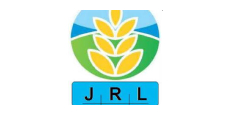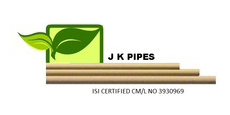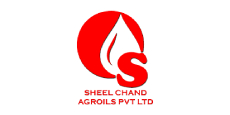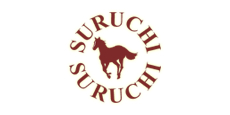
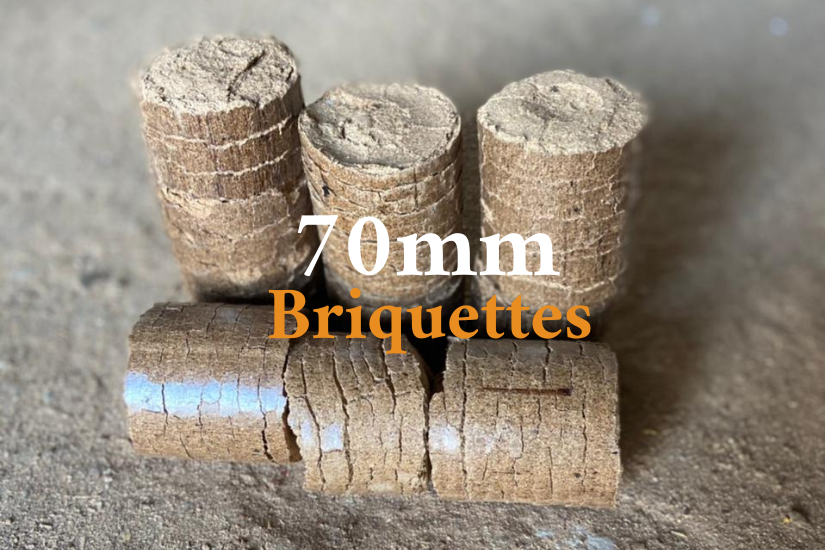

BRIQUETTES
Every year millions of tons of agricultural wastes and forest residues are generated. These wastes can provide a renewable source of energy by converting them into high-density Briquettes without the addition of any binder which could be used as fuel.
-
Mangalam Minerals & Exports is one of the top manufactures of Biomass Briquettes in Hyderabad serving clients across India.
- We specialise in making Briquettes as per client’s need & specification.
- We have capacity to make available both 90mm & 70mm size briquettes.
- We also specialise in making the best quality 8mm wood pellets.
Biomass can also refer to our newest source of renewable energy and the best way to recycle biological matter. All plants, including those from the sea and other water bodies, are considered to be biomass. Though, usually, the term refers to the not used food or materials such as straw, corncobs, husks, animal waste, garbage, and other things that we usually throw away. These materials are not useless, as most people believe them to be. These are the prime movers for creating a better world and bright future. Biomass is completely natural, and can be used as fuel and many other things.
The process of "BRIQUETTING" is the physical transformation of the loose raw material into a compact form. The form change results in a much higher specific density of the material, which increases its combustion efficiency as compared to the loose material. The residue left from crops and harvesting can be used as Biomass fuel. This way, none of it goes to waste.
The Biomass Briquettes are black or brown in colour. When agro-waste of cellular nature is briquetted, it produces low cost, high calorific value fuel which can become a good substitute for wood and coal. This implies the conversion of waste into a useful energy source.
| Ash | 0.5 to 10 % |
| Moisture | 9 % (Max) |
| Volatile | 50 - 75 % |
| Fixed carbon | 15 - 30 % |
| Gross calorific Value | 3500 to 4700 kcal/kg. |
| Size of briquettes (Diameter) | 90mm, 70mm, and 8mm |
| Length of Briquettes | Length 50 to 300 mm |
Biomass briquettes offer many benefits over traditional fuels like coal, fuel oil, natural gas and propane as well as over the pre-compacted raw materials: wood chips, paper, greenwood, nutshells, and various husks, fines and fibres.
Briquettes are immeasurably cleaner than the other fuel alternatives - especially coal! Therefore, government incentives that support briquetting systems and production along with dis-incentives for coal use make briquetting solutions extremely attractive. Plus, they don't create dust.
Briquettes burn in a controlled manner, slow and efficiently. They burn well in boilers and burners. More and more, utility companies are using biomass briquettes to supplement or replace coal as a solid fuel source.
| Factors | Briquettes | Wood/Loose Biomass/Rice Husk | Coal |
| Calorific Value | 3800-4500 | 2500 to 3000 | 5000-5500 |
| Ash Contents | 0.5 to 10 % | 20 to 25% | 20 to 40% |
| Pollution/Poisonous effluent Smoke | No Smoke No Sulphur | Smoke | Sulphur,Co2,phosphorous fumes |
| Moisture | 9 %( Max) | 25 to 35% | 10 to 20% |
| Cost | Rs.4.5 – 7.0 /Kg | Rs. 3.5 – 4.5/kg | Rs. 8.0 /kg Above |
| Cost Rs./Kcal | 1.18 | 1.4 | 1.6 |
| Efficiency of boiler | 75% | 60% | 70% |
| Wastages/Loss | 8-10% (Max) | 20-25% (Min) | 15-20% (Min) |
| Actual usable value Rs./Kcal after losses | 1.29 | 1.75 | 1.92 |
| Labor usage | Single person is enough | Require maximum persons in handling and cutting | Require two persons |
| Boiler efficiency | Normal Fly ash deposit on tubes | Require regular maintenance | High wear & tear |
| Handling | Easy because of packed material | Tough require more areas | Tough material |
- Eco friendly and Renewable Energy fuel.
- Economical and cheaper than other solid fuels i.e. Coal and Wood.
- Pollution-free because there is no sulfur or any hazardous material.
- Consistent high burning efficiency due to the low moisture.
- Easy for transportation, feeding, and combustion due to uniformity in size and shape.
- Combustion is more uniform compared to other coal.
- Increasing demand in the market due to high rise in fossil fuels price.
- Ceramic Industries
- Solvent Extraction Plant
- Chemical Industries
- Dying Units
- Dairy Industries
- Food Processing Units
- Vegetable Plant
- Textile Units
- Spinning Mill
- Lamination Industries
- Leather Industries
- Rubber Industries
- Biomass-based Power Plant
- Brick Making Units
- Other industrial thermal Applications
Our Values
Our core values of respect, integrity, action and results form the basis of our commitment to sustainability.

We work
safely
We never compromise the health and safety of our employees, contractors or the people in the communities in which we operate

We respect the environment
We continually adopt available best practices and advance new technologies where appropriate to manage our environmental footprint and operate sustainably.

Deliver on our commitments
We are transparent in our communications, clearly define our plans for the future and report progress against these plans. We are accountable for our actions within the workplace and in our interactions with our stakeholders.
Our Partners
We specialise in intelligent & effective Search and believes in the power of partnerships to grow business.





